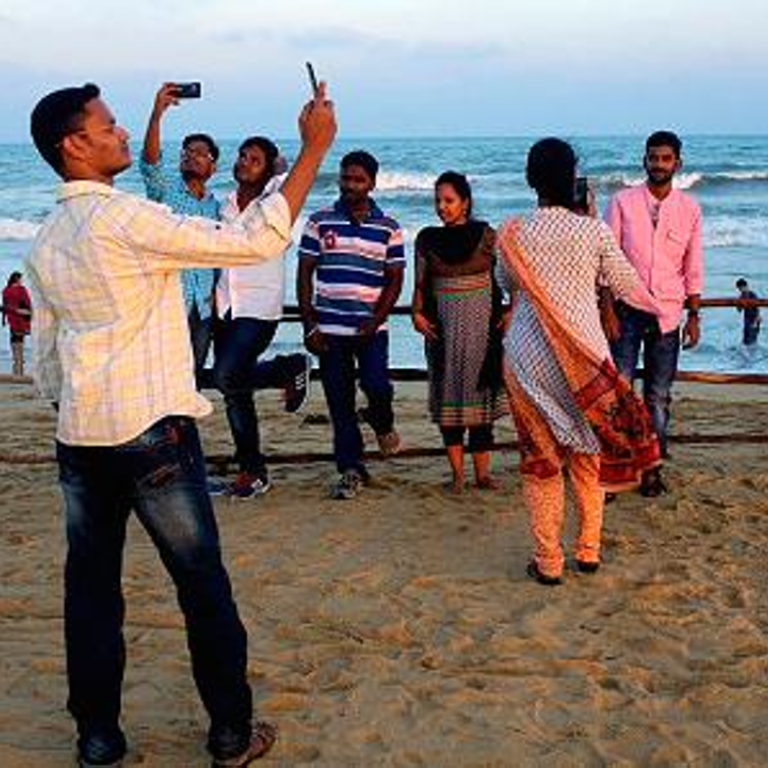
Google’s search boss reveals how the tech giant will woo India
Despite wi-fi services and tackling different kinds of connectivity, the search giant still faces challenges in a market where the majority still aren’t connected
Google may be synonymous with search in the developed world, but winning over users in countries where speedy internet connections aren’t a given is challenging, a top executive at the tech giant told CNBC.
The company last week unveiled several products and initiatives in India tailored to make the internet more accessible, in a bid to tap into the vast potential of the country’s growing online population.
The link between the initiatives was an emphasis on connectivity, John Giannandrea, senior vice president of search at Google, explained.
Google’s new mobile app, YouTube Go, was designed to play videos smoothly in low connectivity environments and allow users better control over their data consumption.
Google also launched free Wi-Fi services in more than 50 train stations, and later this year, users will be able to communicate with Google’s artificial intelligence service, Assistant, in Hindi.
“We have to understand that people have different kinds of connectivity,” Giannandrea said.
“At any given day, somebody might have 2G, 3G, 4G or Wi-Fi. A lot of people have 2G and Wi-Fi, so we want to adapt our products to make sure they work, regardless of the connectivity you have. It might mean even when you are working offline.”
2G refers to a mobile communication connectivity standard that allows for voice calls and limited data transmissions.
Despite Prime Minister Narendra Modi’s initiatives to digitise India, a majority of Indians lack access to the internet.
An April report from Pew Research found that just 22 per cent of India’s one billion-plus population had web access in 2015, compared to 65 per cent of China’s population. At the same time, only 17 per cent of Indians owned a smartphone.
And those who are connected to the internet are often on networks with slow connection speeds.
The country’s notable lag on other emerging markets, when it comes to internet access, has made it an attractive destination for technology companies that hope to bring more Indians online, and win customers in the process.
Earlier this year, Facebook attempted to implement a “Free basics” internet program, which was rejected by Indian regulators amid criticisms from net-neutrality advocates.
Giannandrea said that succeeding in a market as diverse as India also meant paying close attention to what Indians cared about and providing them adequate information on them: Cricket, Bollywood and the news, often consumed a local language, were some of thekey drivers of Indian engagement online, he said.
India has 22 major languages and more than 700 dialects.
While most Indians in urban areas have a basic grasp of English, many still prefer to communicate in their local languages, which alienated potential users from English-only services and websites.
Giannandrea said Google’s online translation service currently supported up to 12 Indian languages, allowing users to translate web pages to a non-English, or even a non-Hindi, language.
Despite the challenges for tech in India, Giannandrea said he was energised by the prospects of providing a rich digital experience for a large population.
“There are so many people who have never had the online experience or are just having it for the very first time, and that is exciting for me,” he said.

